
We spent 15 minutes on the phone with Capt. Chris Britton to discuss snook fishing in Ft. Pierce, Florida with the Hogy HDUV Jiggin' Eel. Here's what we learned...
Capt. Chris Britton
Website: www.greyghostfishingcharters.com
Location: Ft. Pierce Florida

Tides: Moving tides are key for productive snook fishing. During the winter months, incoming tides push warmer water into the inter coastal areas where snook are holding in deep water near bridges and inlets. Strong outgoing tides can trigger a good bite when large schools of bait flush out from the flats.
Approach: Proper boat positioning around structure is vital to proper lure presentation. This can be achieved using a trolling motor or anchoring into position. Trolling motors offer the most mobility and ease of covering large areas. Anchoring can be productive when fish are staged in a very small area in heavy current.
Rigging Selection: To properly “fish the swing” with jigging soft baits, we’ll use the Barbarian Jig Heads.These heads offer superior strength, holding power and when fished properly resist snagging the bottom.
Bait Selection: Hogy 7inch HDUV Eel Tails are designed to interface perfectly with the Barbarian Jig Heads. These smaller profile straight tailed soft baits are ideal for swinging in the current during cooler winter months.
Why this bait? I find that the Hogy HDUV Jiggin' Eel Tails mimic the common forage found around rivers, channels and canals, finger mullet and small ladyfish. It’s smaller profile is a modest meal for medium sized fish, but he heavier weight of the jig allows for long distance casting which can be an advantage for spooky fish.
Colors: When targeting fish at night, black is a very productive color fishing unlit and shadow line areas. Alternatively, bone or chartreuse colors can be very effective as well.
Retrieve: Learning to properly “fish the swing” may take some practice to get the feel for reading depth, current and the perfect jig weight to allow the lure to quickly hit bottom, but be light enough to swim naturally down tide with the current. You’ll want to begin casting ahead of target structure and allow enough time for the jig to reach bottom to be in the strike zone as it moves by snook holding structure. [WATCH VIDEO FOR MORE INFO]

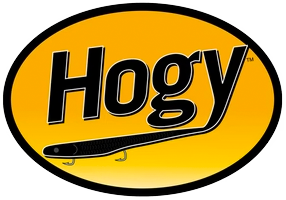
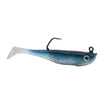
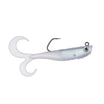
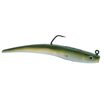
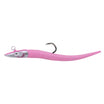
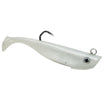
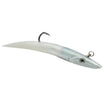

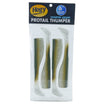
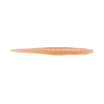
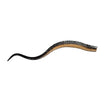
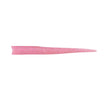
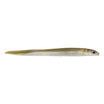
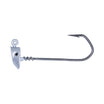
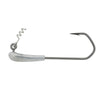
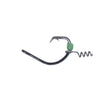




Leave a comment
All comments are moderated before being published.
This site is protected by reCAPTCHA and the Google Privacy Policy and Terms of Service apply.